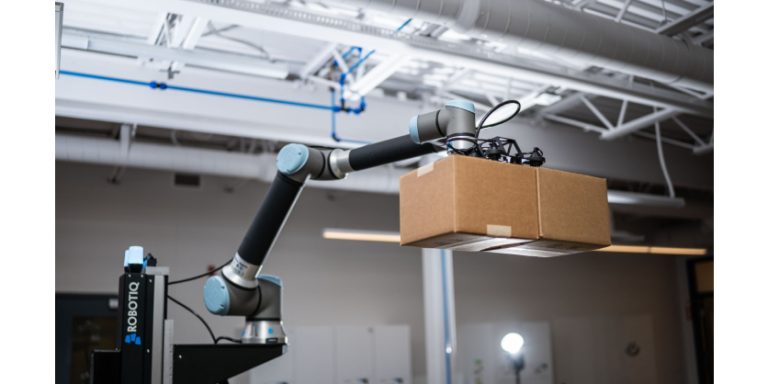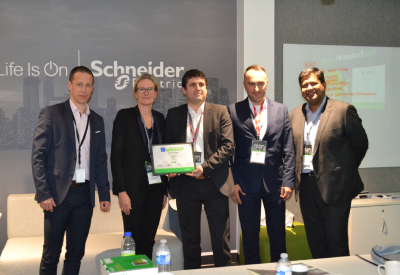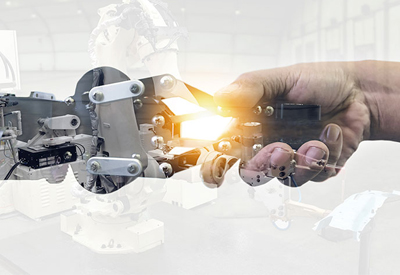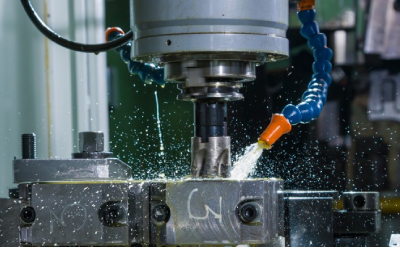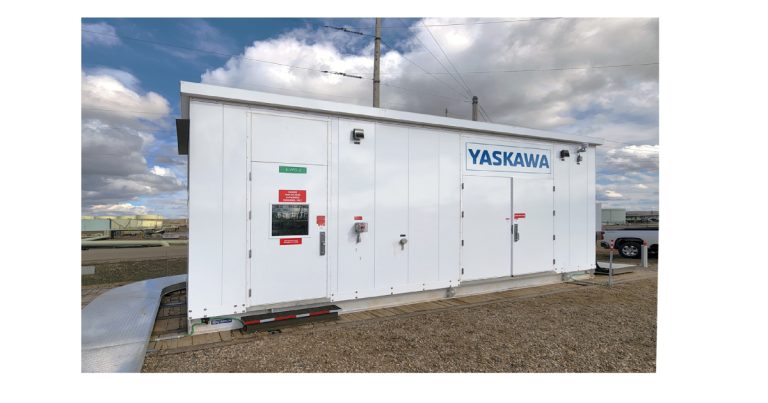Six Ways a Modern HMI Can Make You More Productive

February 21, 2020
By Susan Burtch
Pushing productivity to new heights today requires not only a skilled workforce but a well-informed one. And with modern HMI software, you can create more informed workers by connecting them to the timely, useful information they need to make fast and smart decisions.
For example, modern HMI software allows workers to access HMI displays on their personal devices. This can help them keep an eye on production from anywhere and more quickly respond to issues using remote access. The software can also support familiar interactions such as touch gestures, allowing workers to view and work with production information in more natural and convenient ways.
To give you a sense of what a modern HMI can do for you, here are six examples of how it can boost productivity in your business:
- 1. Improve Worker Awareness
- – With easy-to-understand displays, operators can assess situations and navigate systems faster.
- – Interfaces can use graphical elements, for example, to make operations monitoring more intuitive, which helps workers more easily detect abnormal conditions. Multi-language support lets operators work in their preferred language. And reusable objects can create consistent HMI displays and functions across your operations.
- 2. Get More Insights in One Place
- – Greater information access allows more insights than ever to be shown on an HMI display.
- – Workers can not only see production data, but also access information like orders, camera feeds and repair instructions. Without a modern HMI, they may need to use a separate system or even visit a separate building to access these different types of information.
- 3. Make Information More Available
- – Mobile device support allows workers to respond to what’s happening in production by accessing information on demand, from anywhere.
- – Plant managers can monitor line performance or check production data even when they’re not in their office. Technicians can quickly react to alarms no matter where they are in a plant. And rather than being stationed at a fixed terminal, operators can walk down a line or from machine to machine while monitoring production from a single mobile device.
- 4. Respond to Alarms Faster
- – Improved alarming can help workers more quickly see and respond to production issues. Instead of standing in front of screens to know when alarms happen, workers can be remotely notified by email, text or smartphone alert. And those notifications can be escalated to others if someone isn’t responding or if conditions worsen.
- – Workers also no longer need to dig backward to understand an operating state when an alarm was triggered, because a modern HMI can instantly provide those details.
- 5. Improve Worker Interactions
- – Workers can skim and find information on a modern HMI the same way they do on their own smartphones. They can scroll through trending data, pinch and zoom in on technical manuals, and swipe through PDF pages. And they can leave comments in alarm logs to provide important context for others.
- 6. Strengthen Security
- – Cybersecurity threats not only put your trade secrets at risk, they can bring production to a halt.
- – A modern HMI can help protect your information – and your productivity – in a few ways. It can ease collaboration with IT to help improve security. It has built-in features to help prevent unauthorized changes. And it can be delivered as part of a platform that’s been designed for security, such as with security standard certifications.
Do You Have an Informed Workforce?
A modern HMI breaks down barriers between workers and the information they need. The software can access insights whether they’re buried deep in your operations or stored on another system, and then put those insights at the fingertips of workers. The result is a more informed, aware and responsive workforce – and greater potential for more productive operations.


